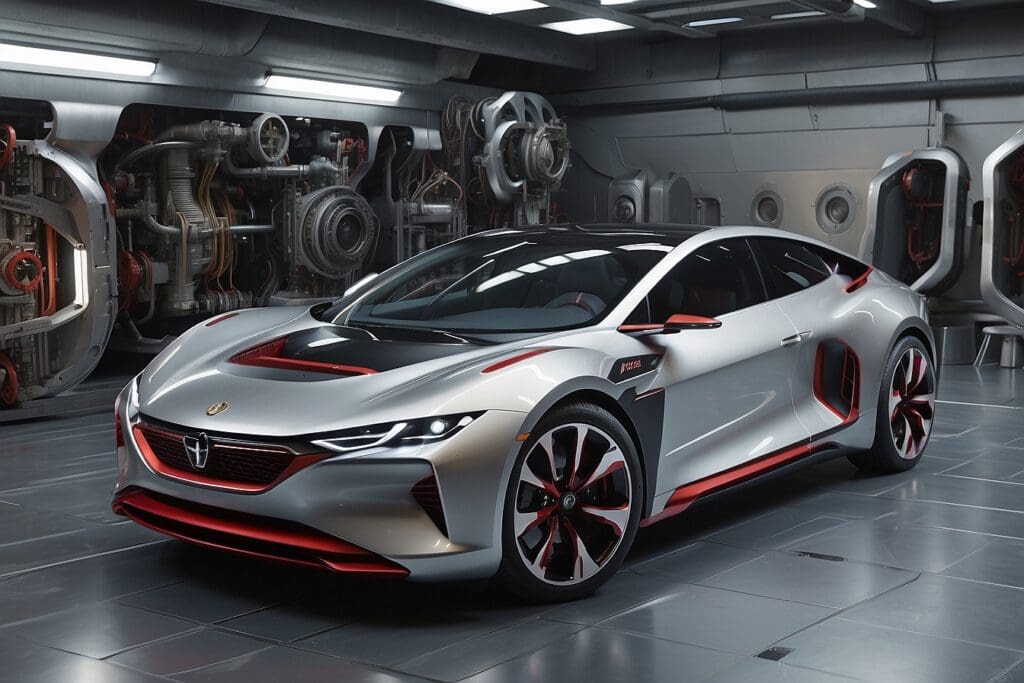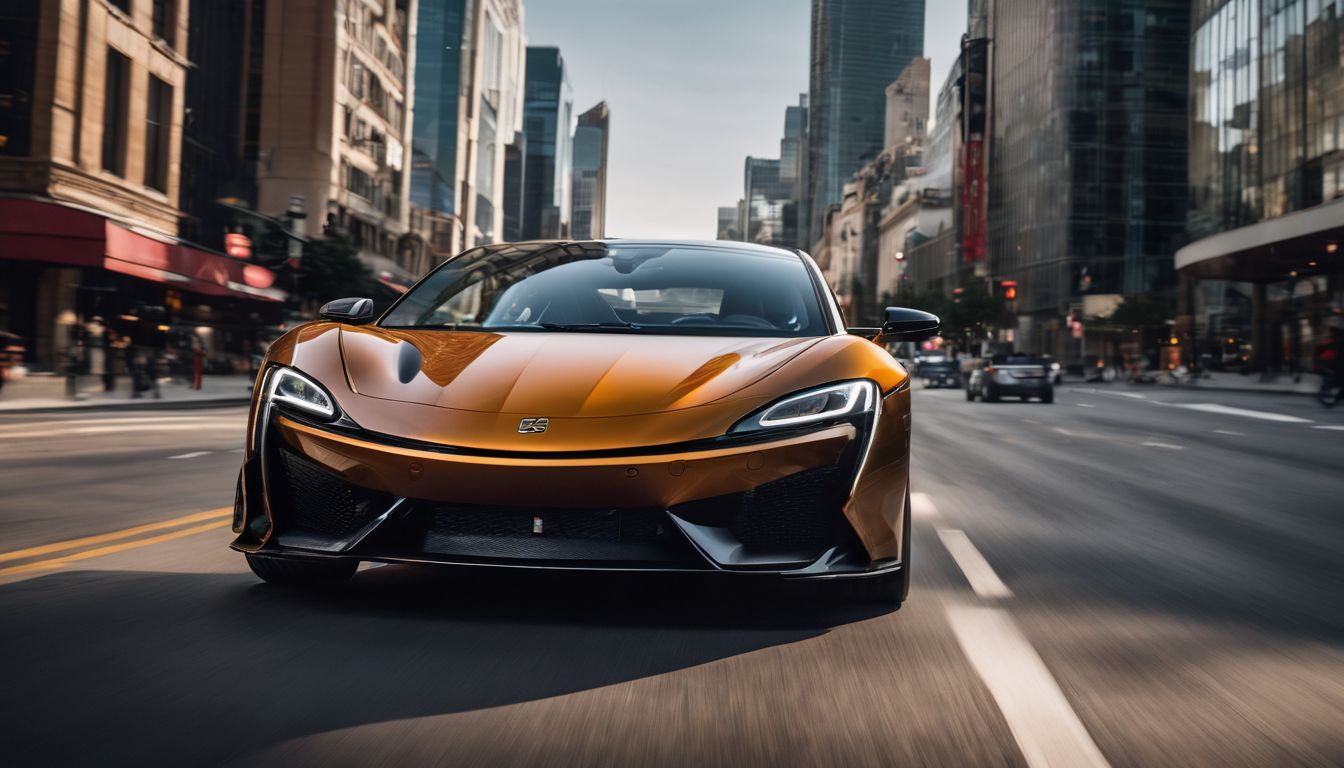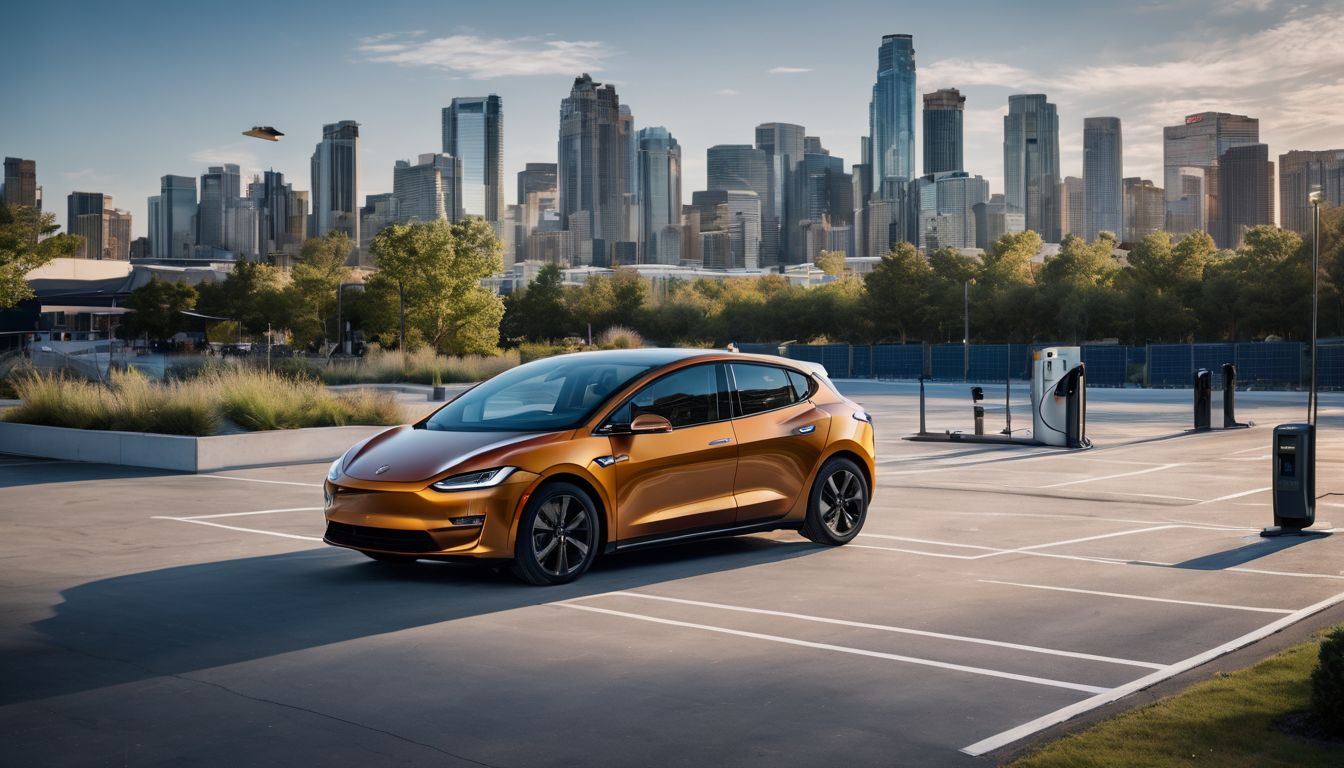Is motoring with other energies on the horizon? There certainly has been a boom in electric powered cars over the last decade, and the monumental growth of fuel cell and battery technology has allowed for a new age in cleaner and more fuel efficient automobiles for the average consumer. While we have witnessed the commercial success of hydrogen fuel cell hybrids1 and the developing viability of solar powered vehicles, I am sure many of us have wondered about the development of other vehicles that run on different alternative fuels.2 This is of course logical, if we can have wind turbines why can’t we have wind powered cars?
Well, the biggest hurdle to using cars of various energies is the lack of practicality they may offer to the average consumer. On top of low energy efficiency issues, space and mobility issues may compromise comfort as we have come to know it in our cars. Indeed, many alternative technologies have been tried or thought about, running the gamut on everything from wind to atoms. Let’s discuss selection of alternative energy automotives and their potential ability to power our next generation of motor vehicles.
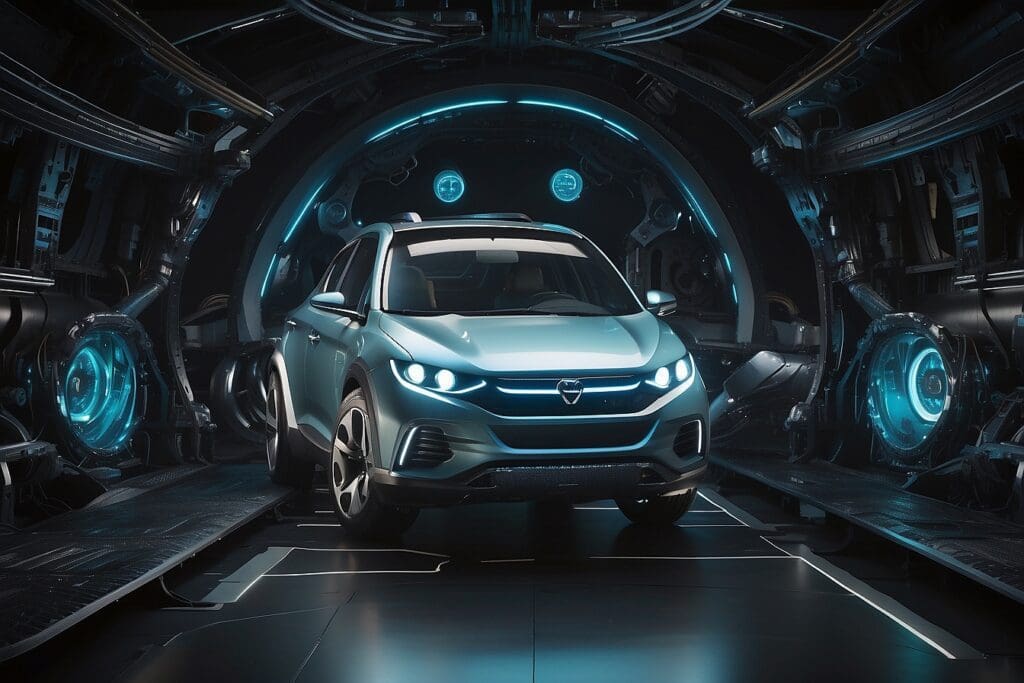
Grass Powered Cars: I know what you’re thinking, and the answer is no. At Greeniacs, we do not encourage readers to stuff grass into their fuel tanks to power their cars. Instead, we do encourage the use of biofuel from plant mass is the typically low net energy yield. Typically, a good amount of plant mass is needed to extract biofuel, and the cost of growing the required plants is fairly high due to irrigation, fertilization and harvesting requirements.
The US Department of Agriculture seems to have realized a solution to these issues through Switchgrass, a ubiquitous grass species that grows abundantly in the Midwest5 and Great Plain state of North Dakota.6 Additionally, this prairie grass grows in a range from the Canadian Rocky Mountains all the way to the Gulf of Mexico.7 The grass is abundant, very hardy, and high in cellulose content, culminating in good biomass yields for distillation into ethanol . In a series of steps, the 70% cellulose content of switchgrass is broken down and fermented with yeast to produce ethanol. This is the same ethanol that constitutes E85 ethanol sold in the United States. More so, lignin, a different kind of plant fiber present in switchgrass, can also be fermented into cellulosic ethanol.8
Therefore the energy yields of fermenting Switchgrass would be very high, and is capable of being self sustaining. A statistic done by Argonne National Labs concluded that for every one unit of energy invested into growing Switchgrass, there an astonishing 10 unit energy output. Furthermore, not only does it cost 70% less to process into a fuel but emits 86% fewer greenhouse gases than conventional gasoline.9 Therefore, grass powered vehicles seem like a very sensible option and may make E85 ethanol a viable fuel source again.
Viability Rating: 2 out of 10 (1 being the most viable for mass market production)
Compressed Air Car: Deodorant and cooking oil users know that using a nitrogen compressed air can emits a powerful spray of smelly goodness or oily utility. Therefore, it seems intuitive that a car could be powered by what is essentially a giant compressed air can that is attached to the car. From a practical standpoint, however, researchers from Motor Development International (MDI) have taken this concept to a new level with the development of an engine that turns its pistons via air pressure in its flagship AirPod.10 Acceleration is controlled by an air valve that releases more air into the piston chamber for more power, and the car is capable of holding about 3200 cubic feet of air. Additionally, if the air car travels fast enough, an inbuilt motor will compress the airstream brushing against the car into usable air for the engine. As you may have imagined, the vehicle is zero emission (when under 35 mph) and is fairly cheap with a starting price of $17,800.11 On the flip side, however, compressing air for use in a modified fuel tank may not be cheap and is very slow. Also, your vehicle would not be able to carry a large amount of fuel. The AirPod’s range would be approximately 100 miles per tank. The cost to the consumer would be around $2 per tank fill up, granting an impressive 2 cents a mile compared to almost 20 cents a mile for conventional gasoline assuming $4 a gallon for a 20 mpg car. The biggest problem, however, with the use of compressed air cars is the safety aspect. Not only would the vehicle be very small, but the fracturing of the compressed air fuel tank could inevitably lead to an explosion. It seems, then, that finding the next compressed air car on the road will take a bit of time.
Viability Rating: 5 out of 10 (1 being the most viable for mass market production)
Wind Sailor Car: Using wind as a source of energy has dated back as far as 500 AD in Persia as a water pumping apparatus.12 Wind-harnessing technology has evolved ever since to generate power via large wind turbines that can be seen on farm lands or windy hills. Furthermore, if wind is capable of powering the same ships that have led to the discovery of the Americas, i.e. sail boats, why can’t we use the same concept on cars? Today, wind powered vehicles follow one of two general designs to take advantage of this abundant natural resource. One of these designs comes in the form of a sailing wing, harnessing the same principles of an airplane wing to create down force and lateral force instead of lift.13 An example of such a design is the Greenbird, built by British engineer Richard Jenkins and his sponsors, which had managed to break the world land speed record for wind powered vehicles at an impressive 126.2 miles per hour!14 Another type of design in wind vehicles comes in the form of an attached turbine, a concept first tested in the 1960’s by Douglas Aircraft engineer Andrew Bauer.15 The Blackbird, manufactured by Thin Air Designs, harnesses this design concept by allowing air currents to push an attached propeller that is connected to the wheels. The design is essentially like taking a wind turbine and attaching it to a car, in which case the turbine turns the car wheels instead of an electric dynamo.16
The intriguing aspect of these wind technologies is the efficient ability of both designs to achieve good speeds up wind, and speeds much higher than the wind speed down wind. For example, the Greenbird achieved its record setting run using only a 30 mile an hour wind. Similarly, the Blackbird can go 2.8 times the speed of the wind that pushes it.17
The idea of wind-powered vehicles seems tempting, but there are a few obvious problems. First, wind direction is very unpredictable18 and varies considerably based on season. The vehicle would be rather unpractical if it were to stop in the middle of the road or travel way too slowly to get anywhere with any real speed or go the posted speed limit. There is also an issue with directional mobility due to wind direction. Imagine trying to park a wind powered vehicle. Also, wind powered vehicles would have to be extremely light and small to move at all. Forget the traditional four seats with satellite navigation if you are an advocate of this option. It seems that this technology would only be viable if coupled with existing alternative energy technologies available in the market. For example, attaching a wind sail to a lightweight battery powered vehicle could be useful in saving fuel and standing out among the crowd. At the moment, however, commercial use of wind powered vehicles seems like a distant future for motorists.
Viability Rating: 9 out of 10 (1 being the most viable for mass market production)
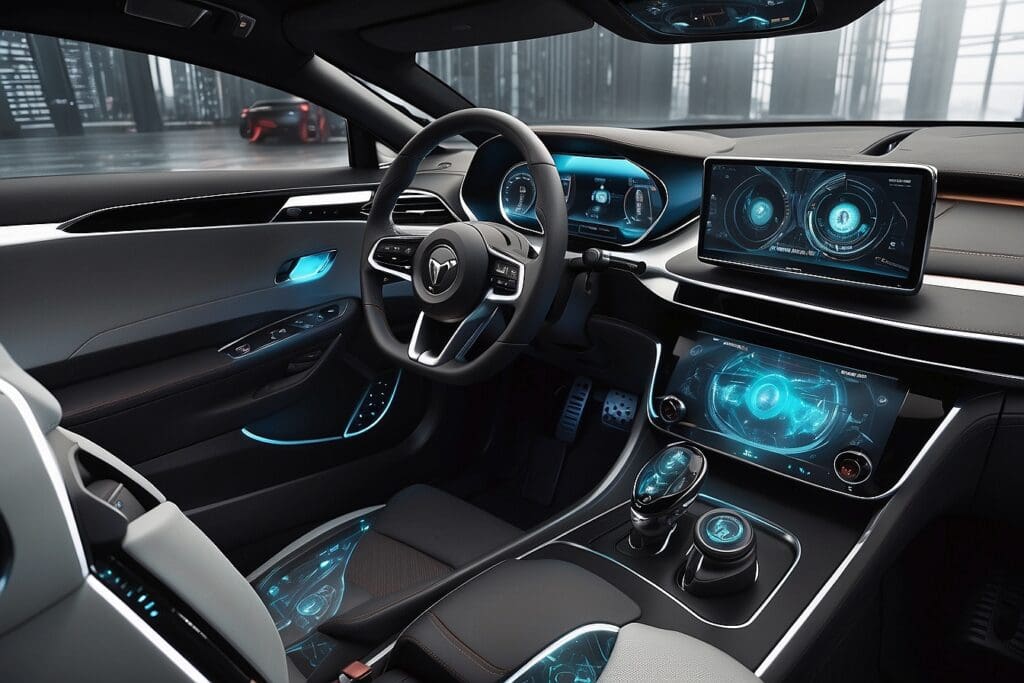
Nuclear Car: Back in the 1950’s when nuclear energy came to the spotlight of the world as a destructive and practical energy source, auto makers such as Ford toyed with the idea that someday in the near future a miniaturized nuclear reactor could power a family car. The Ford Nucleon19 concept was conceived in 1957 with such a belief, and was built to accommodate a power capsule in the rear of the vehicle that would most likely be a uranium fission reactor. The idea was that uranium fuel could be replenished at gasoline stations, and that unprecedented fuel efficiencies and a range of 5000 miles per uranium capsule would forward consumers into a new age of mobility.20
Unfortunately, such a vehicle carries numerous risks and challenges as a people’s transporter. To make a nuclear car safe requires a great deal of lead shielding and a design that completely separates the driver from the engine. This makes such a technology highly impractical, as the car would need to be extremely heavy with many design hurdles. The biggest problem by far is the safety aspect, both in terms of containing the reactor and disposing of spent nuclear fuel. Modern day nuclear reactors require a variety of control mechanism to remain stable, which includes neutron moderators and a highly efficient cooling apparatus. In the case of an accident, in which one of the control mechanisms is to fail, there is a good likely hood that a miniature nuclear meltdown could kill the occupants and a great deal of those around them.
More so, what exactly would we do with all the spent uranium fuel rods that are due to pile up? The half life of fission worthy Uranium 235 is 704 million years.21 In other words, it would take more than a billion years for spent fuel to stop emitting harmful radiation. It would be impossible to find a location on earth that could keep all this nuclear waste. There is also the danger of this waste getting into the hands of belligerent groups that may use spent fuel rods as a type of bomb.22 As a result, Ford never completed a working prototype. On the bright side, however, a spin off of this idea is using nuclear power plants as an energy source for generating hydrogen for fuel cell vehicles.23 Although the idea seems practical, the use of nuclear power plants to generate fuel has always been a hot button issue, especially with the recent Fukushima24 nuclear disaster in Japan. There is, however, still hope for the original nuclear powered design. Modern US navy vessels are powered by nuclear reactors, and perhaps in the future, with greater improvements in safety and handling, the nuclear powered car may gather some headlines.
Viability Rating: not viable in the foreseeable future for mass production
Methanol Fuel Cell Vehicle: Believe it or not, there are many kinds of fuel cells available in the market to power various devices. In the world of motoring, however, only the hydrogen fuel cell has grabbed headlines as the future of green transport. There is, however, another type of fuel cell25 that came very close to becoming a viable fuel cell power plant, the methanol fuel cell. Methanol is one of the simplest structural alcohols with an energy density that surpasses that of hydrogen.26 When methanol is injected into a fuel cell, it reacts with water to create carbon dioxide (CO2), protons and electrons. The products of this initial reaction travel across a polymer membrane and recombine with oxygen to generate electricity.27 The actual electricity is generated by the flow of electrons from the anode to the cathode, and the series of reactions that release these electrons are called redox (reduction – oxidation) reactions.
The advantage of using a direct methanol fuel cell for automobiles is the relatively high energy density of methanol and the relative ease of transporting this fuel, given that it is in a liquid state at room temperature as opposed to hydrogen.28 Additionally, such fuel cells have very low emissions that primarily constitute of water vapor as demonstrated by Mercedes methanol fuel cell prototype, Necar 5.29 There are, however, a few problems with this type of technology. If methanol is leaked from the fuel cell, then inhaling or ingesting the substance by mistake can cause blindness.30 Additionally, while methanol has a higher energy density than hydrogen, this density is not used advantageously in a fuel cell. Methanol fuel cells have lower efficiencies than hydrogen fuel cells due to their lower electrochemical activity.31 As a result, methanol may not be an ideal fuel choice for cars, but has found uses in consumer electronics. Toshiba, for example, announced the development of a portable methanol fuel cell that can power an mp3 player for 60 hours!32

